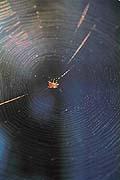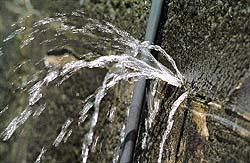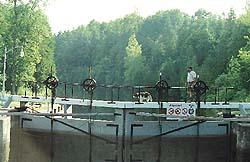PART IV OF VI: SMITHS FALLS



|
| Gladys Wills runs a filling station on the canal at Rideau Ferry. The family-run business has been a fixture of the area for decades. |

|
| A spider finds a home inside the mechanics of a lock station. It was shot with a 55mm macro lens. |

|
| Water arcs from a leak in the loose mortar of a lock wall. |

|
| Lockmaster Lawrence Agnew and faithful companion Major patrol the station at Poonamalie. Agnew lives in the lockmaster's residence right on the property. |